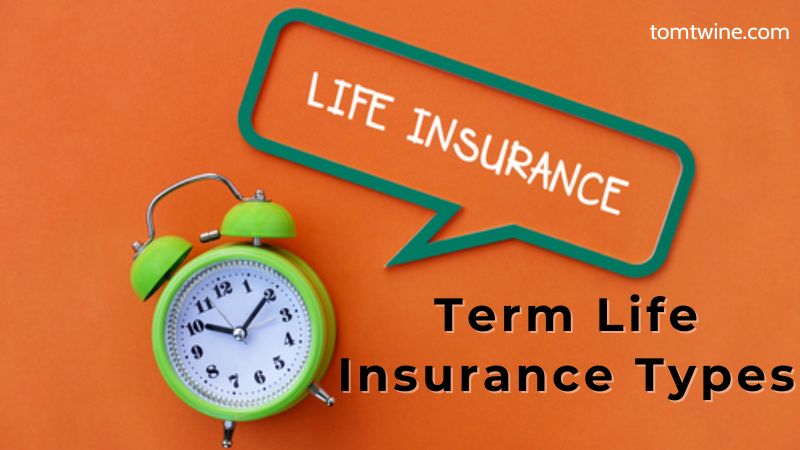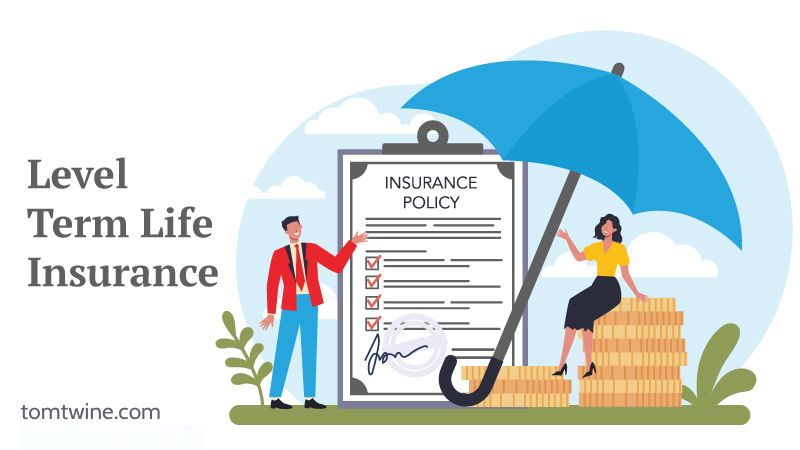
In the realm of financial planning and securing the future of your loved ones, term life insurance stands out as a flexible and cost-effective option. Within this category, various types of policies cater to different needs and preferences. Understanding the nuances of these term life insurance types is crucial for making an informed decision about your financial security. Let’s Tomtwine delve into the intricacies of each type to uncover which one aligns best with your unique circumstances.
Term Life Insurance Types
Level Term Life Insurance
Decreasing Term Life Insurance
Renewable Term Life Insurance
Flexibility is the hallmark of renewable term life insurance. Policyholders have the option to renew their coverage at the end of the term without undergoing a medical examination. However, it’s essential to note that premiums typically increase with each renewal, reflecting the advancing age of the insured. Despite the higher costs associated with renewal, this type offers peace of mind by allowing individuals to extend their coverage beyond the initial term.
Convertible Term Life Insurance
For those seeking adaptability in their insurance strategy, convertible term life insurance presents an attractive option. This policy allows policyholders to convert their term coverage into permanent life insurance, such as whole life or universal life, without the need for a medical exam. This feature is particularly beneficial if circumstances change, and the need for lifelong coverage arises. With the ability to transition seamlessly to a permanent policy, individuals can navigate evolving financial landscapes with confidence.

Return of Premium (ROP) Term Life Insurance
While traditional term life insurance provides invaluable protection, the Return of Premium (ROP) variant offers an additional perk—premium refunds for surviving the term. Under this policy, if the insured outlives the term, all premiums paid are returned, serving as a form of savings or investment. However, it’s worth noting that ROP policies often entail higher premiums compared to standard term insurance. Despite the increased cost, the prospect of receiving a refund can be appealing for those seeking a tangible financial benefit from their insurance investment.

